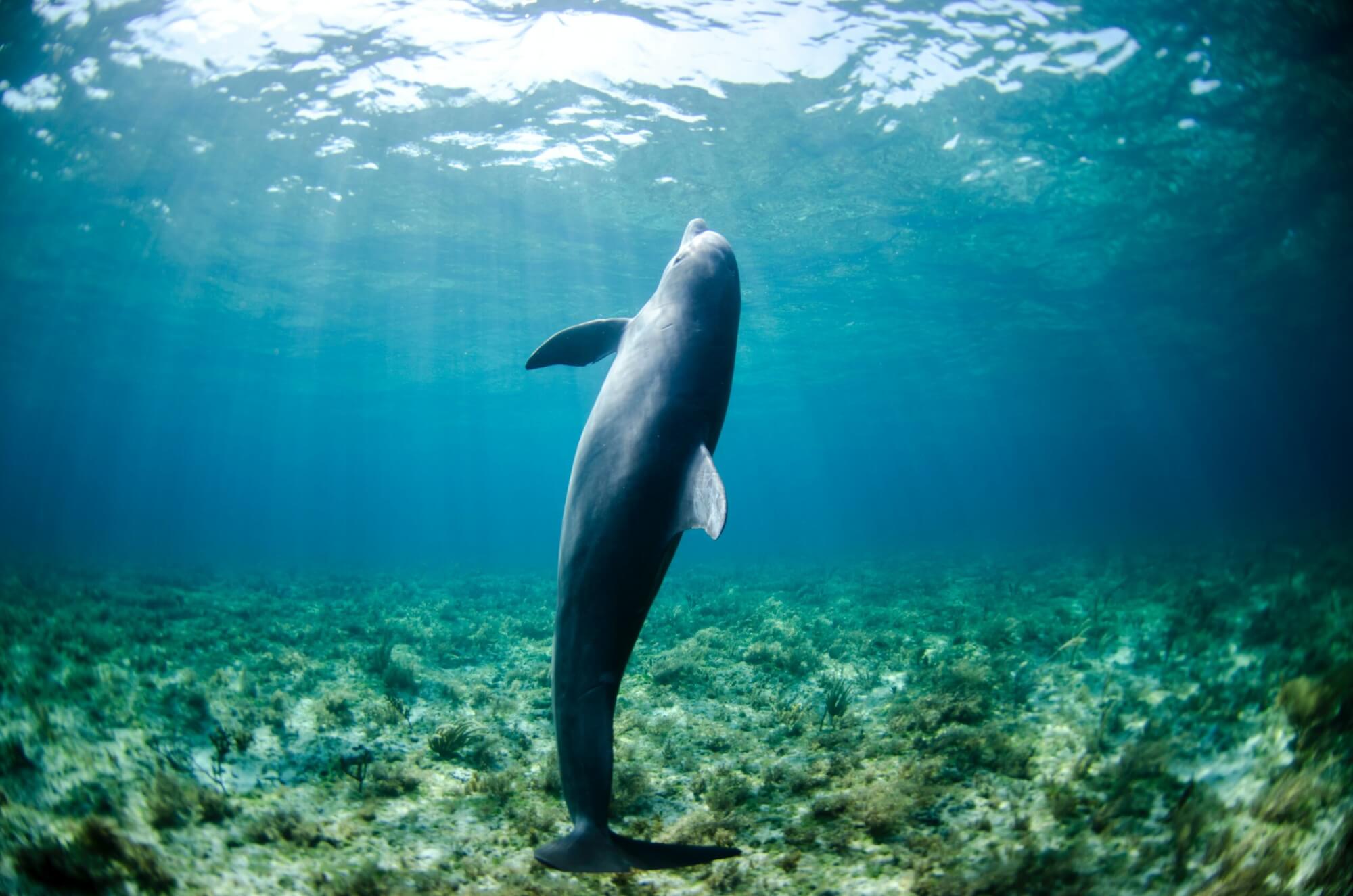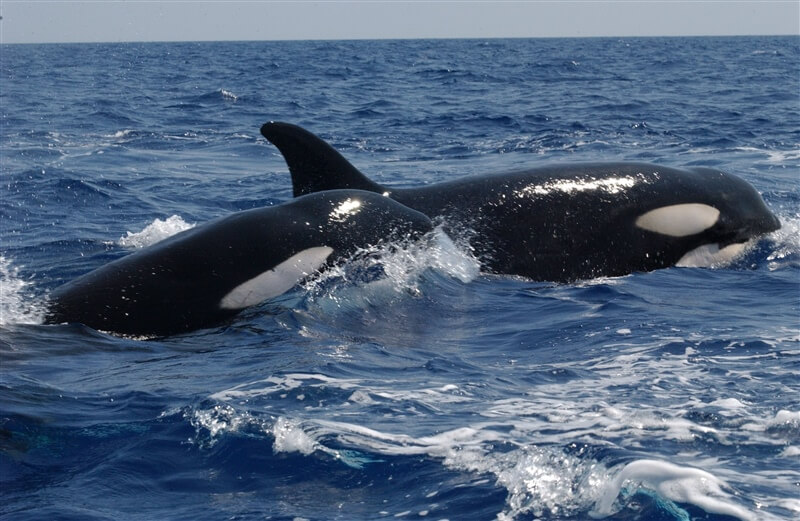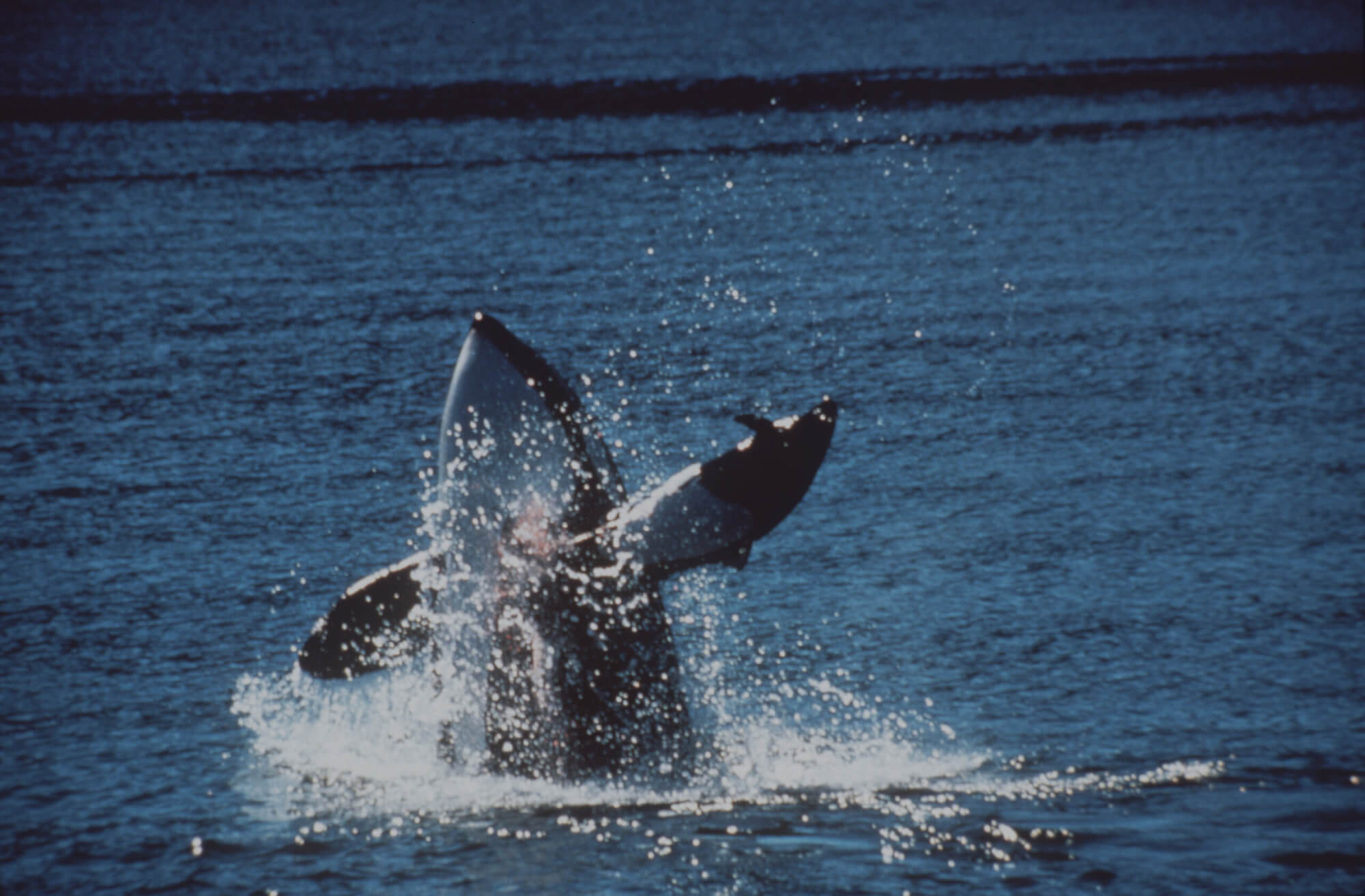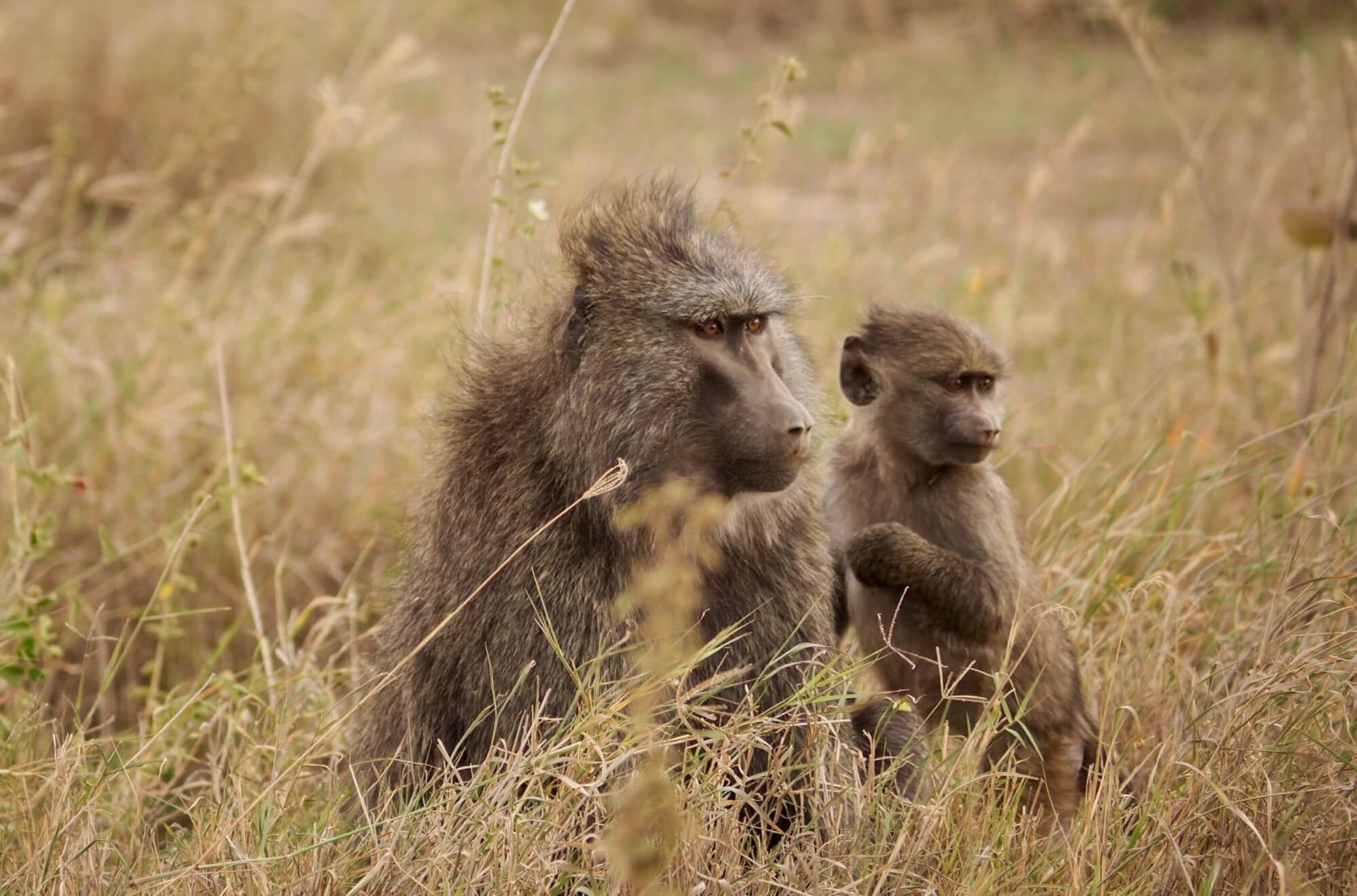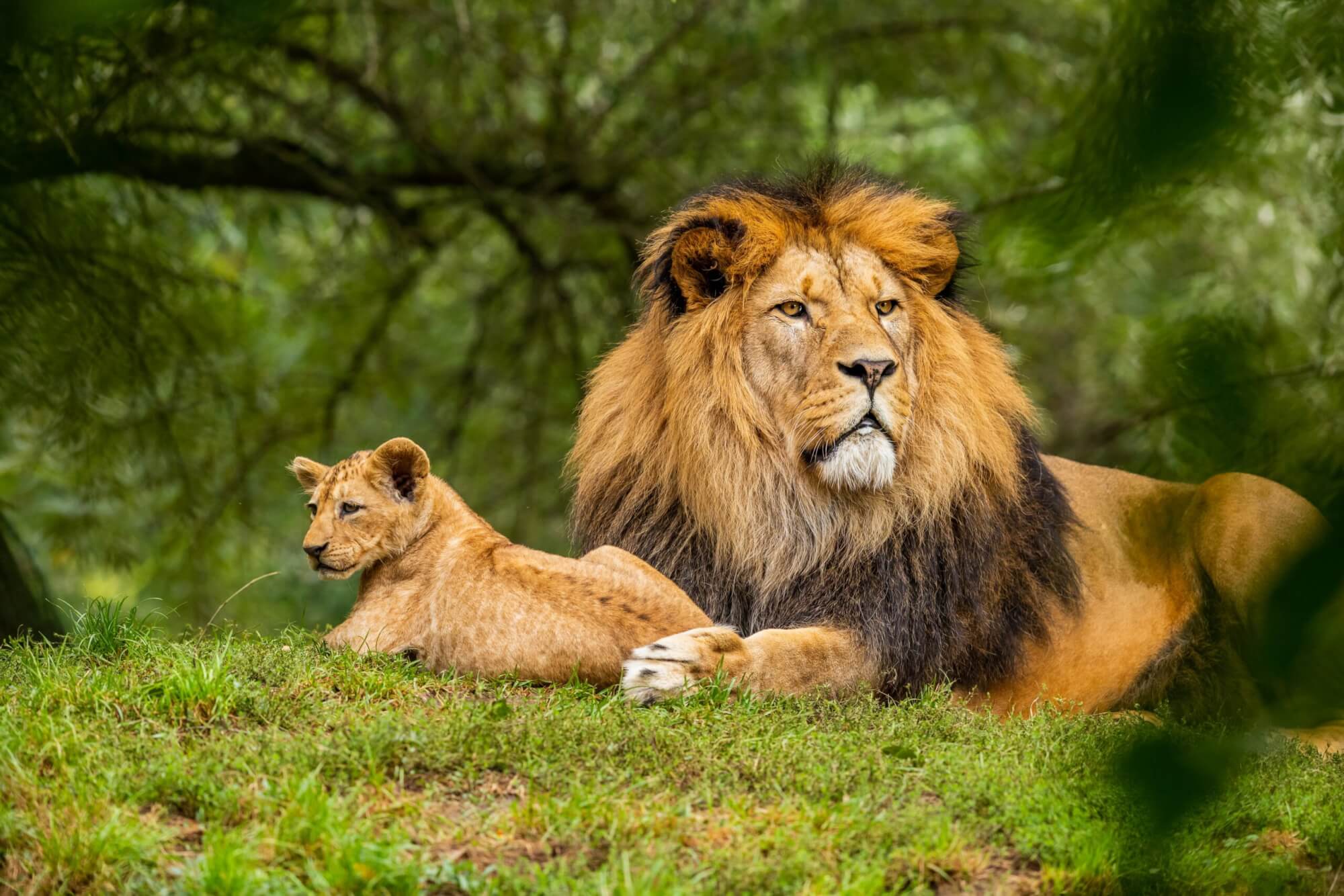Did you know that in some terrestrial species such as the baboon, infanticide can cause up to 70% of all offspring mortality? And what about marine animals?
It is important to mention that infanticide has not been documented in all whale species. Actually, this behaviour is observed quite rarely in these animals, though evidence of its existence has been documented, notably in three species of dolphins as well as in one population of killer whales.
In dolphins
Studies have demonstrated infanticide in three species of dolphins: the bottlenose dolphin (Tursiops truncatus), the Indo-Pacific humpback dolphin (Sousa chinensis) and the Guiana dolphin (Sotalia guianensis). In the first species, newborns and juveniles have been found dead in the eastern and western North Atlantic. All had scars suggesting that they had been killed by members of their own species. Similar scenarios have been documented for the other two species in their respective ranges, i.e. the western North Pacific for the humpback dolphin and the South Atlantic for the Guiana dolphin. All these cases confirm that the practice of infanticide is well established in certain species of dolphins.
Dolphins, mostly males, are known to adopt aggressive behaviour toward females. Groups of males will often isolate a female, sequester her for several hours or even days, and abuse her repeatedly in order to be able to fertilize her. Male dolphins have also been seen trying to reproduce with their mothers, a behaviour that could be described as “incest” – from an anthropocentric perspective that is!
A special case among killer whales
The only case of infanticide in killer whales ever reported occurred in 2016 in British Columbia waters of the North Pacific. During their field work, experts in killer whale behaviour quickly realized that they were observing an interaction between two distinct family groups. The first was a family of a few individuals including a newborn just a few days old. The second family group was composed of two individuals: a 32-year-old male and his mother, both of which were unrelated to the other group. After hearing a commotion, the scientists saw the 32-year-old male under their boat with the lifeless newborn in his mouth. A chase between the newborn’s mother from the first group and the male orca from the second ensued, but to no avail. In what the researchers dubbed “teamwork,” the 32-year-old’s mother appeared to be helping him by fending off the calf’s mother and preventing her from pursuing her offspring’s aggressor.
According to Jared Towers, marine biologist at Fisheries and Oceans Canada, this mother-son collaboration is not entirely surprising. Firstly, because it is not uncommon for male killer whales to spend their entire lives near their mothers, sharing prey and knowledge. Secondly, because mothers aim to facilitate mating opportunities for their male offspring, thereby ensuring that their own genes are passed on. The scientists stated that there was no evidence to suggest that the male and his mother dismembered or consumed the newborn after killing it. They therefore suggested that this behaviour was one of sexual selection insofar as the adult male may have killed the calf in the hope that its mother would quickly become fertile again.
Jared Towers thinks this is a remarkable event, as aggressive behaviour between killer whales is very infrequent. Experts believe this discovery could have substantial implications for how they understand the social structure, behaviour and physiology of killer whales. Given that scientists cannot be omnipresent in the oceans, it is important to mention that although this is the only documented case, that does not mean that this event is unprecedented.
In belugas
No occurrence of infanticide has ever been observed by researchers in the world of belugas. That said, Robert Michaud, director of the Group for Research and Education on Marine Mammals, has observed curious behaviours that may be related to this phenomenon. On several occasions, GREMM specialists were able to observe groups of males isolating a newborn calf from its mother in order to “rough it up” a little. According to Mr. Michaud, the behaviour is not particularly violent, though it is surprising. These events never ended tragically, meaning they never resulted in any dead or injured calves.
What about land mammals?
Élise Huchard, a researcher at the Centre for Functional and Evolutionary Ecology (CNRS, Montpellier), combed through 30 years of studies relating to a list of 260 land mammals. Of these, 119 are believed to practise infanticide. Lions and baboons are high on the list, as they are well known for their propensity to kill the offspring of other parents. The researcher claims that this nefarious behaviour is motivated by the desire to increase one’s fitness, which is proportional to the individual’s ability to reproduce. Indeed, by killing the young of another group or family, the dominant male can control the origin of the juveniles under his watch. Ms. Huchard explains that “this way he maximizes his chances of fathering offspring of his own.”
In closing, several hypotheses have been put forward in an attempt to explain infanticide. The first is that of cannibalism, also called predation, which would tend to occur in populations facing a food shortage. Cannibalism, however, seems to be a secondary benefit of certain infanticides, which are better explained by the hypothesis of sexual selection (killing a young animal to make its mother become fertilizable more quickly). Science also mentions the elimination of potential competition including competition for resources, or the elimination of young animals that are in poor health or that could represent a burden. In order to adapt to this destructive behaviour, females have developed a clever technique: mating with multiple partners so that the potential male does not know whether or not the individual he is about to kill is one of his own!



